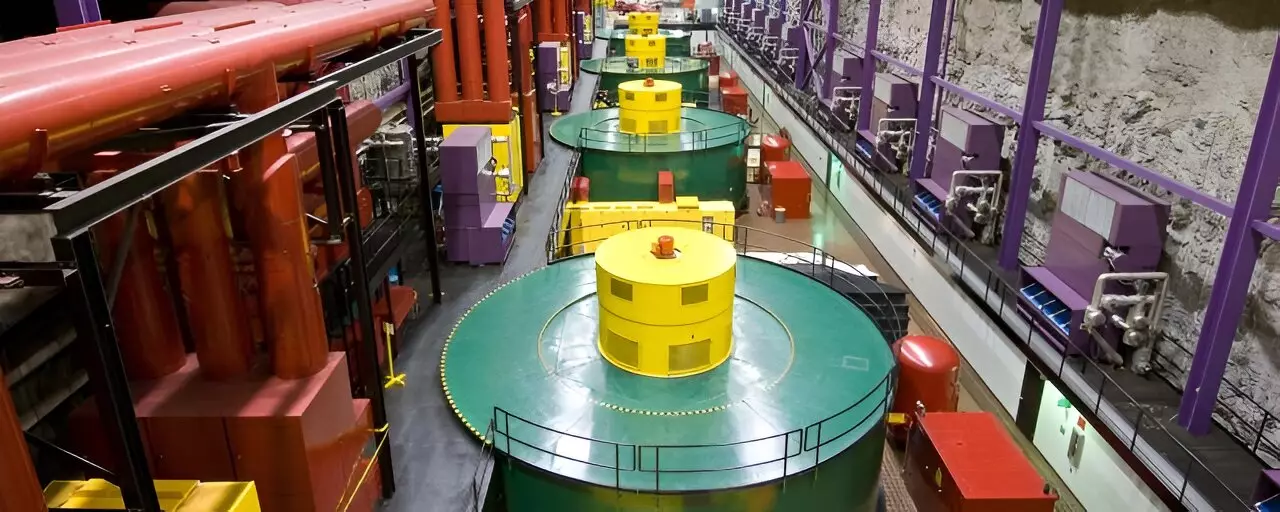Electric grid stability is becoming increasingly crucial as the world shifts to intermittent renewable power sources. In this context, scientists at Oak Ridge National Laboratory (ORNL) and the University of Tennessee, Knoxville (UTK), have developed an algorithm that utilizes signals from pumped storage hydropower (PSH) projects to predict grid stability. This algorithm provides critical situational awareness for grid operators and can help manage potential grid instability.
Hydropower is a renewable energy source that directly connects to the grid, providing inertia as water spins large turbines. PSH, a specific type of hydropower, plays a significant role in stabilizing the grid. It functions by drawing electricity from the grid during times of low power demand to pump water from a lower to an upper reservoir, effectively creating an energy storage bank. During periods of high energy demand, the stored water is then released, generating electricity as it passes through turbines and flows back into the lower reservoir.
Inertia is a critical factor in maintaining grid balance between power supply and demand. Traditional power plants contribute inertia through kinetic energy provided by their spinning parts. However, renewable energy sources such as solar and wind, connected to the grid through inverters, offer minimal inertia. This poses challenges for grid stability, as renewables rely on converters to convert the direct current power generated into alternating current power used for long-distance transmission. As a result, grids heavily reliant on inverter-connected renewable energy sources have less tolerance for abrupt changes, such as storm damage or unusual demand peaks.
The research team led by Yilu Liu developed a novel algorithm that captures the PSH signal and incorporates it with data gathered from low-cost grid sensors deployed nationwide using the FNET/GridEye sensing and measurement system. ORNL and UTK researchers developed this system to monitor the grid across a wide area. By combining the PSH signal and grid sensor data, the algorithm provides real-time and highly accurate estimations of grid inertia.
To enable easy monitoring of grid inertia, the team created a visualization interface for grid operators. This interface allows them to track inertia using the algorithm and better prepare for potential grid instability. The algorithm and visualization tool have been validated through collaboration with utilities and power regulating authorities in the western and eastern United States, where PSH projects are most prevalent. These entities recognize the increasing importance of grid situational awareness, given the growing reliance on renewables. The research team plans to demonstrate the visualization tool to utilities and grid coordinating authorities, including the North American Electric Reliability Corporation.
The development of an algorithm that predicts grid stability using signals from PSH projects is a significant breakthrough in the field of energy management. By incorporating PSH signals and grid sensor data, this algorithm provides real-time and accurate estimations of grid inertia, enabling grid operators to better manage potential stability issues. As the world transitions to renewable energy sources, such as solar and wind, hydropower, particularly PSH, emerges as a crucial contributor to grid stability. The visualization interface developed by the research team allows for easy monitoring of grid inertia, further enhancing grid situational awareness. With continued advancements in renewable energy integration and grid management technologies, the stability of electric grids worldwide can be improved, ensuring a reliable and sustainable energy future.


Leave a Reply